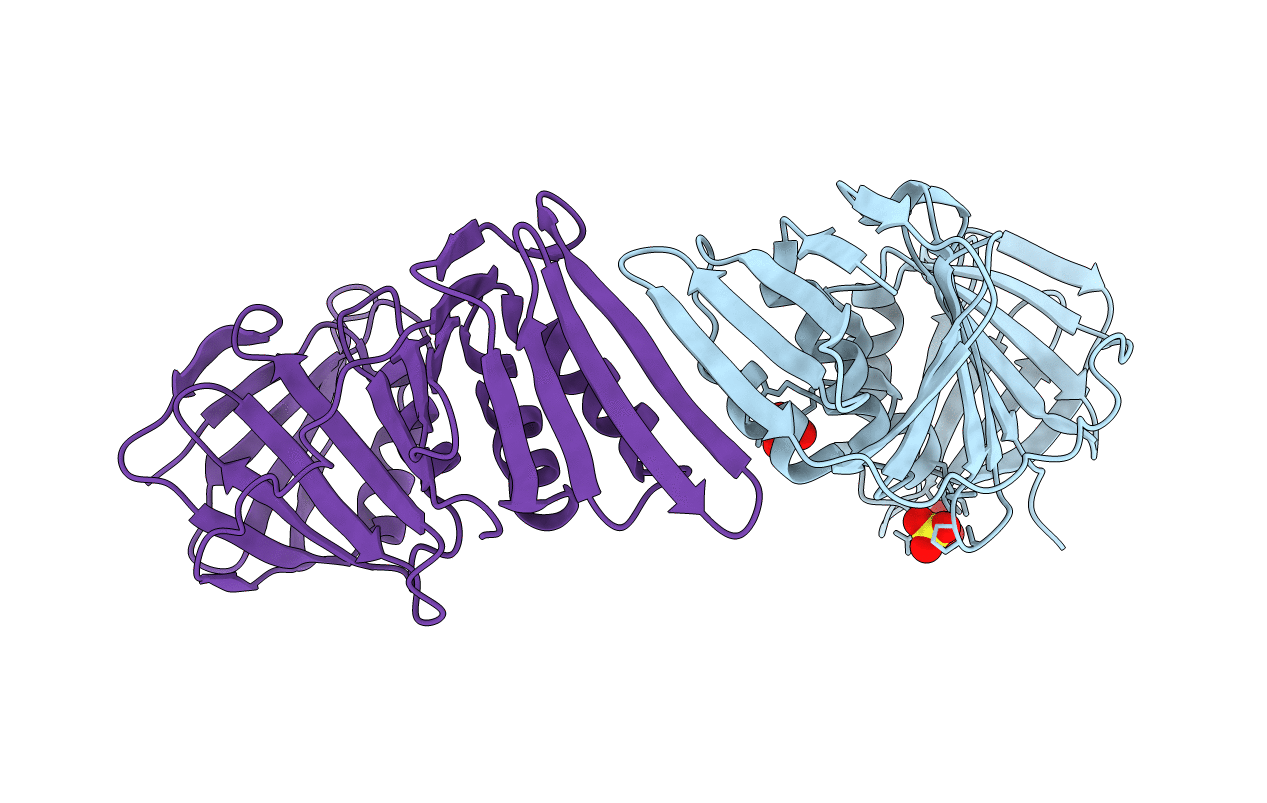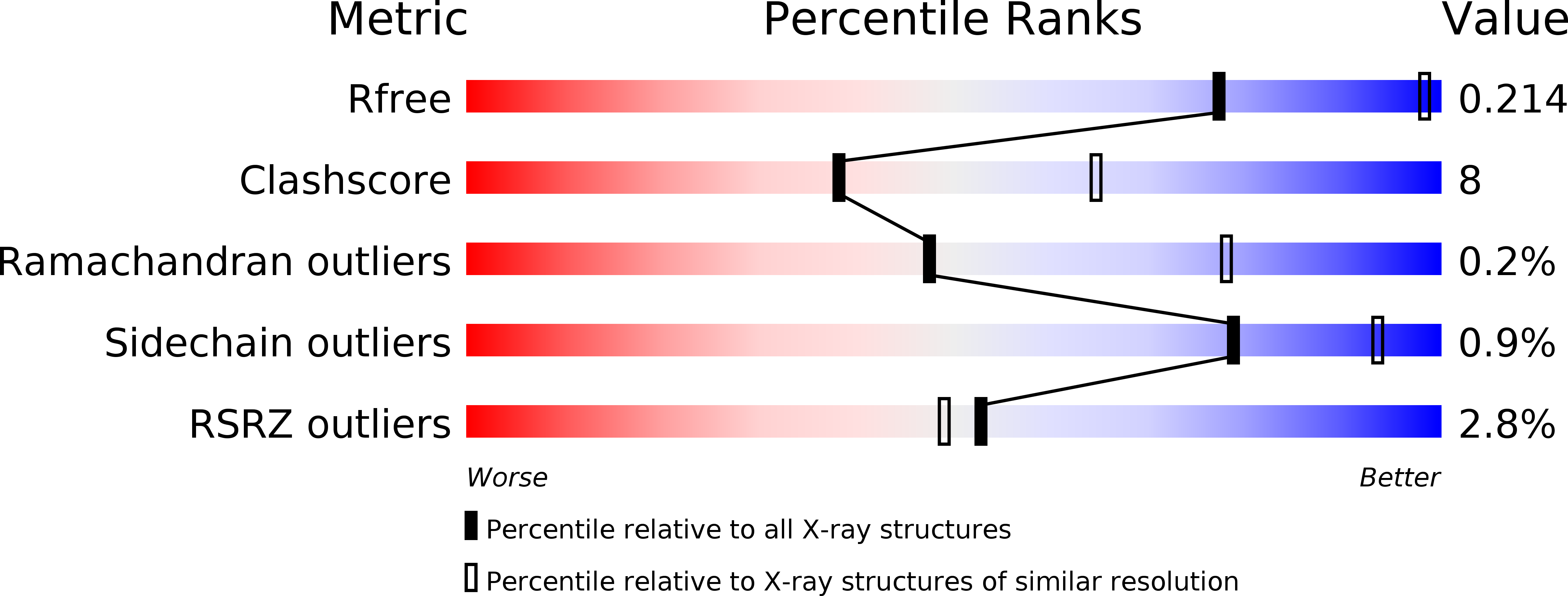
Deposition Date
2010-05-18
Release Date
2011-05-18
Last Version Date
2023-11-01
Entry Detail
PDB ID:
3AIX
Keywords:
Title:
Crystal structure of PCNA2-PCNA3 complex from Sulfolobus tokodaii (I222)
Biological Source:
Source Organism:
Sulfolobus tokodaii (Taxon ID: 273063)
Host Organism:
Method Details:
Experimental Method:
Resolution:
2.90 Å
R-Value Free:
0.25
R-Value Work:
0.20
R-Value Observed:
0.21
Space Group:
I 2 2 2


